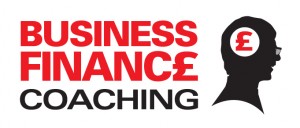Every decision that an organisation makes will have some impact on costing issues and eventually the bottom line.
To make smart decisions it is vital to understand the relationship between fixed and variable costs and then be able to apply these concepts correctly to either Absorption or Marginal Costing techniques.
Fixed Cost – a cost that doesn’t change with changes of output/activity in a given period – e.g. rent of your premises for a year (providing you don’t move or change premises)
Variable Cost – one where the total cost increases or decreases as output changes e.g. an item may cost you £5 per unit to buy (and you sell, say for £8) but the total cost of purchase increases depending on number of units purchased e.g. you buy 10 units total cost is £50 you buy 500 and total cost is £2,500.
TAKE ACTION
Make a list of all the known costs in your business (give each one a monetary value) then mark either F or V.
This simple cost analysis helps you calculate BEPs (business breakeven points) and will determine how many units you may need to sell (or number of services provided) to determine how much profit or loss you can make.
Also known as direct costs – the variable cost elements also include; direct labour costs and direct expenses e.g. commissions, power or royalties etc.
Any decision you make to introduce or discontinue the provision of a product or service needs to be made with careful consideration to the ‘contribution to profit’ factor.
See other blogs for more information or contact me for further help.





Thank you for your wonderful templates. I started a small business 2 years ago and realized I was mixing my supplies and inventory together. I now have a form to count and record my physical inventory. Thanks. Keep them coming. I have bookmarked this site.